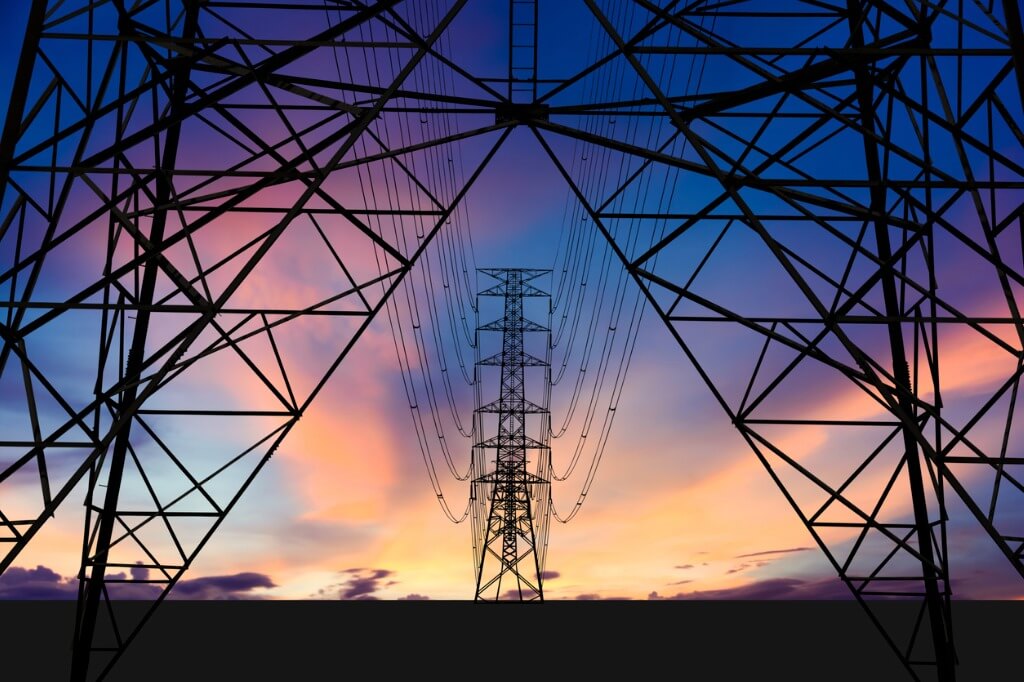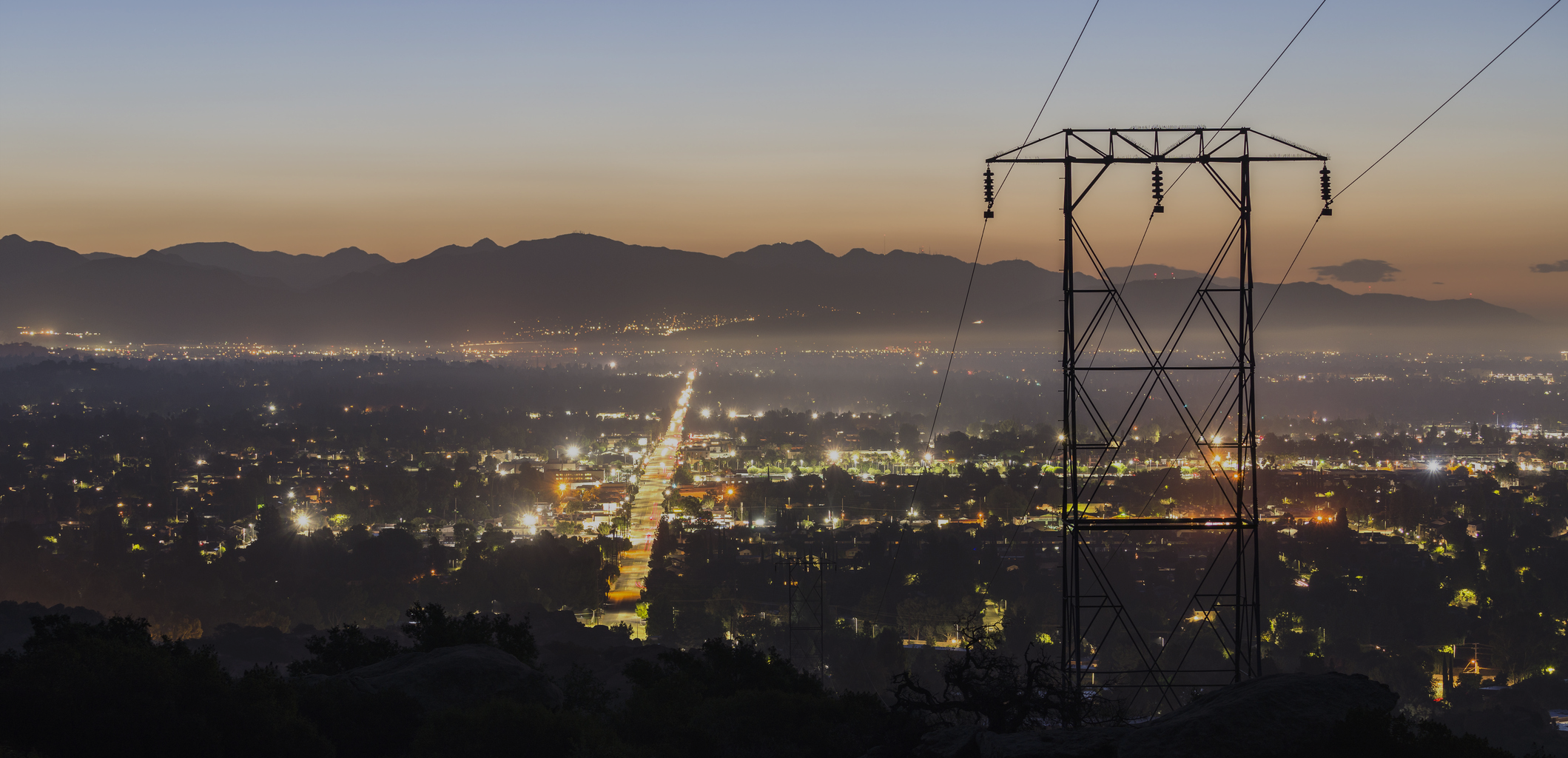Power grid stress related to extreme weather events has become a regular feature in headline news. North Carolina declared a weather-related federal disaster in four out of the past five years, and its residents faced a series of power interruptions or forced outages. More than 4 million people were part of rolling blackouts in California in August 2020, when a major heatwave caused excess demand on the grid. And perhaps most famously, well over 4 million people in Texas lost power during a deep freeze storm in February 2021. Regarding the Texas crisis, Neil Chatterjee, a member of the U.S. Federal Energy Regulatory Commission, stated in The Washington Post:
“I’ve been following energy markets and grid issues for a while, and I cannot recall an extreme weather event that impacted such a large swath of the nation in this manner — the situation is critical.”
What’s more, predictive energy use models based on past data are becoming less and less reliable, as climate change is impacting the frequency, duration, and severity of weather events in ways that historical models haven’t captured.
Related: How Texas Companies Can Earn Revenue While Supporting the Grid
Energy Resilience
The good news is that there are solutions to create energy-resilient communities and demand response, even in the face of extreme weather and with less reliance on data from the past. Energy efficiency supports grid stabilization in multiple ways. Commercial buildings that improve their levels of energy efficiency consume less electricity, reducing demand on the grid. When multiple buildings in the area follow suit and become more energy-efficient, it creates a ripple effect that benefits the community as a whole. In turn, energy providers are then better able to respond to surges in electricity demand. Energy resilience means communities consume less energy in the first place and are better positioned to anticipate and adjust to demand spikes. A single commercial enterprise that becomes more energy-efficient can lead a “benefit chain” that extends beyond its individual locations, by supporting grid stabilization in the community at large.
Related: Is the Grid Ready for the Electric Vehicle Revolution
Collaborative Approach
Energy resilience is not something that happens in silos. Collaboration between utilities, government agencies, and businesses is key to developing energy-resilient communities and effective demand response in an unpredictable future. Productive collaborations include:
- Knowledge exchanges – training, best practices, and case studies that provide frameworks for successfully implemented projects
- Shared goals – when energy-efficient targets are in place, businesses, utilities, and agencies can identify how to collectively meet these goals
- Modernization – new approaches to energy efficiency and access to new technologies become increasingly critical as the grid ages
To build upon this foundation, it’s important to examine the forces that may prevent or slow an otherwise successful collaboration:
- Access to financing – traditional financial models may not always fit with new approaches to energy resilience – options like incentives and rebates are helping some communities move forward
- Awareness – education, and engagement through awareness programs and community events can ensure that stakeholders in each community are fully informed
- Labor force –strategies to attract, train, and retain skilled workers help move energy resilience efforts from idea to implementation
Making Strides
Modernizing the grid and preparing for extreme weather events can seem daunting. However, communities can take immediate and actionable steps to create resilience. Commercial buildings with energy-efficient upgrades see immediate cost savings and reduce strain on the grid. As communities become collectively more energy-efficient, they are then less likely to face emergency situations due to extreme weather. And as collaborations from across public and private sectors, communities benefit from a forward-looking approach to energy efficiency, a more efficient demand response system, and a better-stabilized grid.


